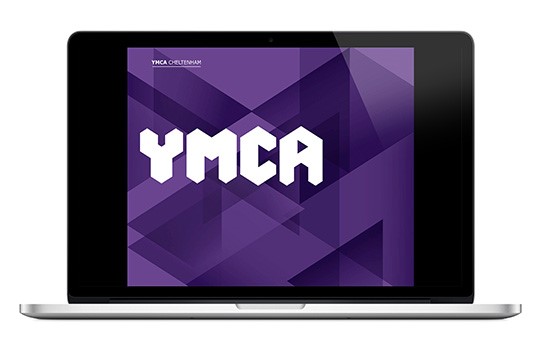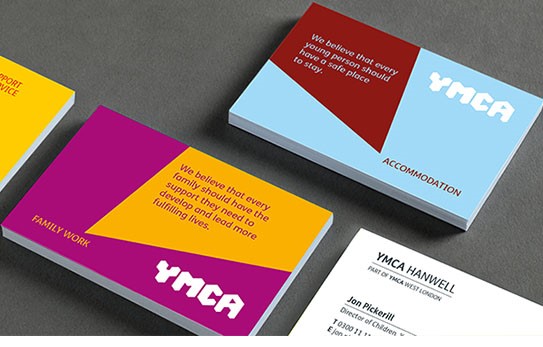The big Y: rebranding and the YMCA
For an organisation immortalised in song, changing perception of an iconic brand can be an insurmountable task. It’s one the YMCA has sought to take on in recent years. The brand has also suffered from the lack of consistency between local branches, which are all semi-autonomous.
The US outpost of the YMCA tackled these issues by rebranding to ‘The Y,’ and redefining its core values. The UK branch of the international charity has kept its name intact but radically revamped its brand.
In a blog post, chief executive of YMCA Birmingham and chair of the national Brand Implementation Group, Alan Fraser, writes, “For the first time, YMCA will be communicating a clear message about what YMCA is and what it is we do, not just on a local level, but as a national federation. This will help people who might benefit from our services – or who might want to support our services – to understand us better and make an informed choice. But it will also help us increase the strength of our voice when we lobby for change on behalf of young people.”
By collaborating with Cheltenham-based brand and design consultancy ArthurSteenHorneAdamson (ASHA), the YMCA reevaluated its brand strategy. As its audiences extended beyond just young, Christian men, the organisation focused on youth and community, allowing it to reach all of its target audiences. The design is based on tangrams – dissection puzzles – to create a visual language, says ASHA.
Because the UK YMCA has 114 independently-run centres, it was important to allow for a degree of independence. Yet, ASHA hoped to avoid the lack of cohesion the existing brand had achieved through a dissolution of the visual identity. Thus, sub-brands were defined within the brand hierarchy and digital assets delivered on a consistent WordPress theme were designed to be customisable by local centres. The photography library has a man-on-the-street feel as it portrays the YMCA’s work within the community.
Fraser writes, “Many people are worried about charities wasting their money on things as ephemeral as branding. But it is clear that how we communicate to people has as big an impact, and perhaps an even bigger one, than the factual content of our message. Frequenty people won’t even get to the message because of the way it is presented. And, crucially for us, we cannot fulfil our charitable objects if the people who need our services don’t know that we can help them.”
The new brand’s thorough implementation will allow the YMCA to better communicate about its services to its target audiences, thereby increasing brand awareness.


















